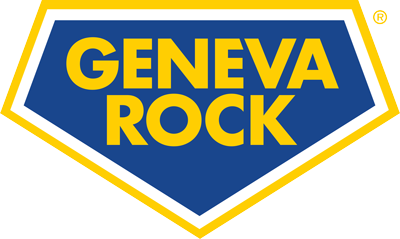Geneva Rock Products is the largest concrete, construction, and asphalt paving company in the state of Utah and has been serving that industry for more than 65 years. Through our years of service to the communities in Utah, we have dedicated ourselves to our mission: “Building a Better Community.” Geneva Rock Products’ mission grows in part out of being locally owned. We want to improve the places where we live and work through environmental stewardship, providing materials and construction for community improvements, and contributing to worthwhile causes in the community.
Utah’s booming economy and exploding population—expected to nearly double by 2065—means that sustainable building and infrastructure projects are increasingly important. As our communities grow, we must consider green initiatives to help lower emissions and reduce other environmental impacts.
Here are just a few ways how to create a sustainable community—and how Geneva Rock is doing its part.
1. Use quality, durable products that require less energy to produce.
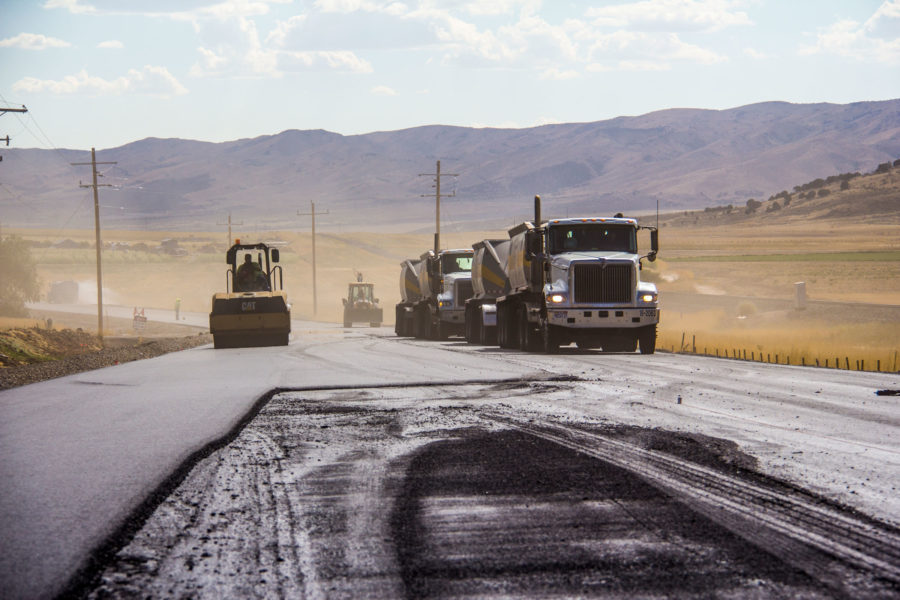
Photo courtesy of Geneva Rock
By carefully selecting the sources of the materials used in our mixes, we produce concrete that lasts longer, performs better, and is more sustainable. Using only the highest quality mixes ensures that the structures we build will last for years, requiring fewer resources to maintain.
We consistently test our products to verify that they will meet the specified strength and performance for the intended use. The delivery ticket for each load includes a printout of state certified scale weights that show exactly what is in each yard of concrete. Our Quality Control Engineers design our concrete to meet the most stringent specifications, and our experienced personnel use automated and computerized batching systems to accurately batch and mix our products.
Although we have mines throughout the state of Utah, we mine a good portion of our aggregates from our Point of the Mountain facility in Draper, Utah. This aggregate is composed of highly fractured quartzite, including alluvial material that has been pulverized by waves from the ancient Lake Bonneville and ledge rock, which has been pre-fractured by seismic activity over millions of years. This location contains an enormous supply of already broken-down sand and gravel, requiring fewer fossil fuels and resources to process and transport than that of a typical gravel mine. These high-quality materials are used for community improvements such as roads, schools, bridges, foundations, parks, airports, pipelines, utilities systems, sidewalks, and driveways.
2. Source locally for reduced impact.
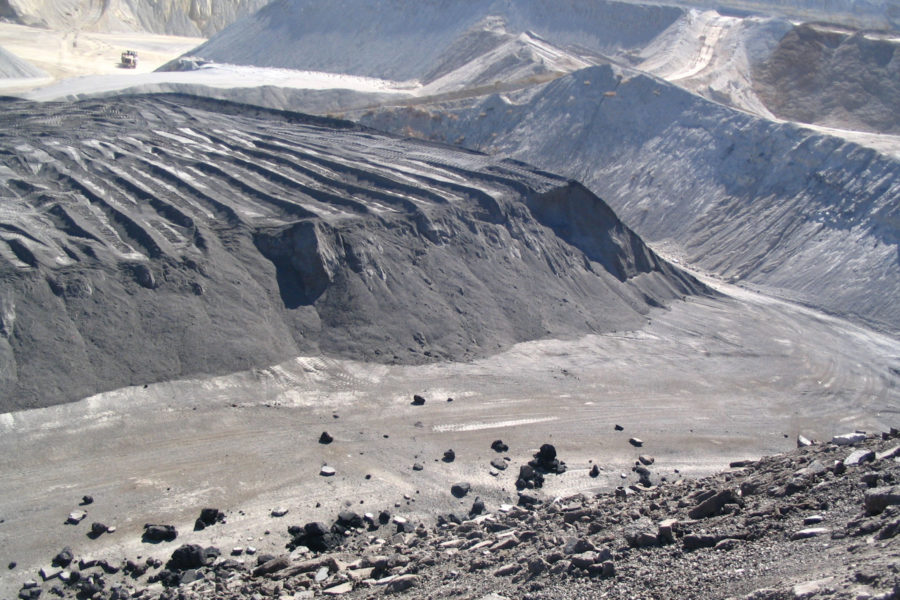
Photo courtesy of Geneva Rock
Mining locally means less environmental and financial impact. It reduces the amount of traffic congestion, emissions, and wear on local roads that is normally required to transport materials.
The cost of one ton of sand and gravel doubles with an additional transportation distance of only 23 miles. Increased travel means increased shipping costs, which impacts housing and construction costs. When aggregate sources are farther away, cities must pay more to build and maintain infrastructure or face deteriorating roads and potholes.
Sourcing materials locally not only protects the environment, but it also improves the quality of life for the residents in our communities. As development has surrounded our mining and production operations over time, it has become even more important to carefully direct our work in a sustainable and environmentally sensitive way. Our reputation in the community is just as important to us as our reputation with our customers.
3. Use practical recycling methods.
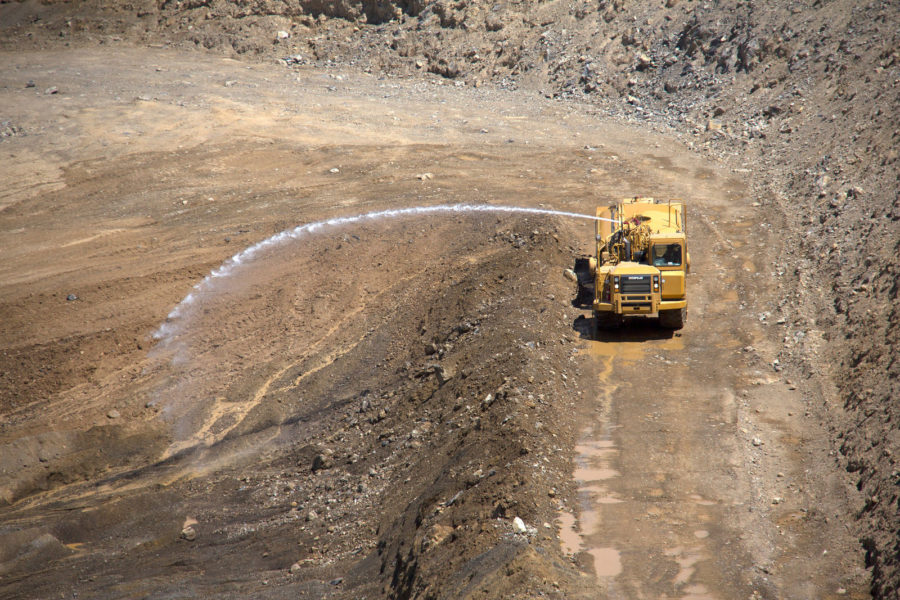
Photo courtesy of Geneva Rock
Geneva Rock is one of the largest recycling operations in the state of Utah. Rather than dumping asphalt and concrete from construction demolition into landfills, we recycle those materials to be used in future projects. On average Geneva Rock recycles 1 million tons of asphalt, concrete, and other aggregate materials every year.
We also installed a filter press to create a zero-waste water recycling facility. Each year, Geneva Rock re-uses 1.7 billion gallons of water at our facility. Some of this recycled water goes toward improving air quality at our mining operations. Water trucks distribute water across dirt roads within the operation, ensuring dirt and aggregate product spilled from passing trucks or while loading into trucks does not become mobile. Water wagons travel over areas not accessible to water trucks. This includes watering the hillside slopes, haul roads, and dozed areas.
After wagons have soaked the material, a dozer pushes the saturated material over the edge of the hill to cover the slope below. A system of water cannons distributes water across the slopes and to various sand and gravel stockpile areas. These water cannons include multiple high-pressure long-range water sprinklers that spray thousands of gallons of water on areas that need dust control.
4. Invest in innovative green technology.

Photo courtesy of Geneva Rock
We are committed to investing in innovative and environmentally friendly technology to support our sustainability goals. Geneva Rock Products invested over $8 million in a Compressed Natural Gas (CNG) fueling station and a fleet of 25 CNG Ready-Mix concrete trucks—an industry first in Utah.
The new cleaner running CNG fleet has significantly lower emissions that its diesel counterparts: 50% less fine particulate matter and 90% less carbon monoxide. The impact of this investment is the equivalent of removing 8,000 cars per year from Utah roads. Geneva Rock’s investment in clean air and sustainable practices is one of the largest air quality investments made by any construction company in the state of Utah.
5. Design operations with sustainability in mind.
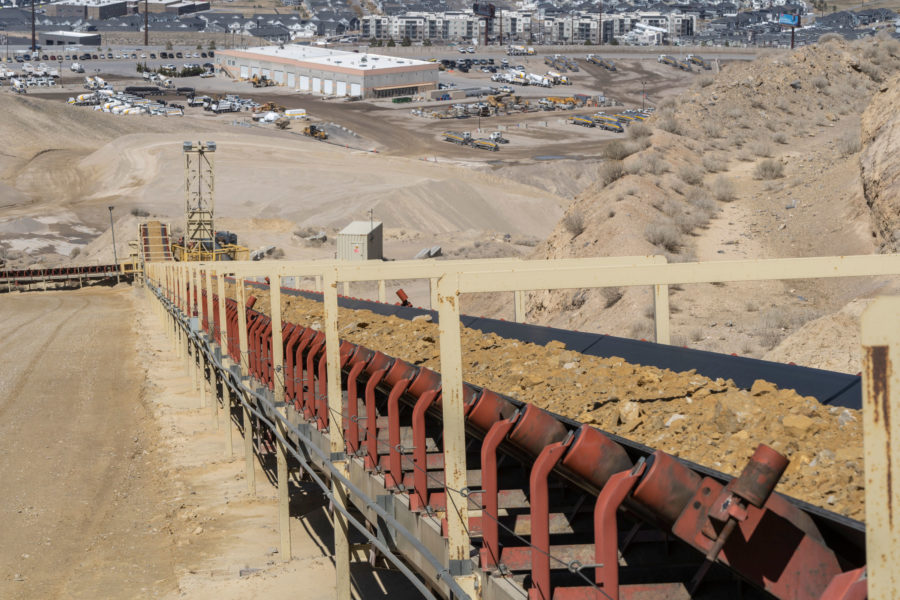
Photo courtesy of Geneva Rock
Perhaps the most innovative investment in sustainability, however, is Geneva Rock’s unique energy-generating downhill overland conveyor system. The multimillion-dollar system was installed in 2014 at the Point of the Mountain site in Draper, Utah, near Salt Lake City, home to two of the largest crushing operations in the state of Utah. The conveyor system was designed to transport up to 3,500 tons of raw aggregate material per hour down the mountain from the area where it is mined to the crushing plants at the bottom.
From start to finish, the material is transported over about a mile of conveyors without being touched by human hands while dropping around 800 feet in elevation. Powered by gravity and the weight of the rock products it carries, the system produces enough electricity to power 127 homes—electricity that is then rerouted for use in the plant’s electrical network. Geneva Rock was proud to be one of the first organizations in the sand and gravel industry in Utah to utilize this tool.
The process begins with dozers pushing the material to loaders that feed the large rock material into the downhill conveyors. As it runs down the 60-inch-wide conveyor belts at an 18.66% slope, the material moves 400 feet per minute. Counterweights provide tension for the belt, keeping proper contact with the pulleys and ensuring the belt doesn’t slip.
A variable frequency drive acts as a braking system to control this energy, taking the excess power generated from the belt and running it into a central distribution center to be used for plant operations. The more material on the belt, the more energy is produced. This system offers a sustainable energy source for the POM quarry.
The material nears the end of its journey as it hits a 100-foot, 60-inch conveyor that transfers the material to a 60-inch by 50-foot stacker. The stacker feeds two tunnel feeders where it is divided and conveyed to separate crushing plants. The material is then crushed, sized, washed, and deposited into aggregate piles—part of a process that pulls material from the mountain that can be placed in a project in the community on the same day.
In addition to the energy saving benefits of the conveyor itself, there are other residual environmental benefits. The belt system reduces large haul truck traffic—and the emissions and fossil fuels that go with it—that would otherwise be required to haul materials down the mountain.
At Geneva Rock we believe it is possible to achieve sustainable development, and we are committed to taking the necessary steps to make it a reality. Being socially responsible is not just a commitment to our employees but also to the communities we serve. As populations grow and infrastructure ages, it is up to those of us in the building community to produce sustainable solutions that consider not only the well-being of our current neighbors but also the well-being of future generations.


